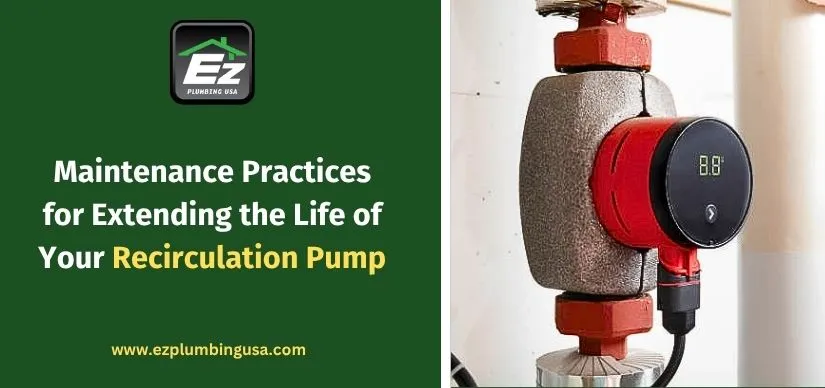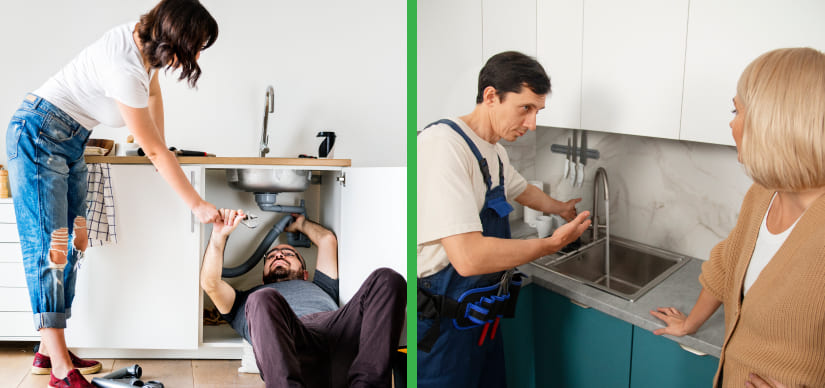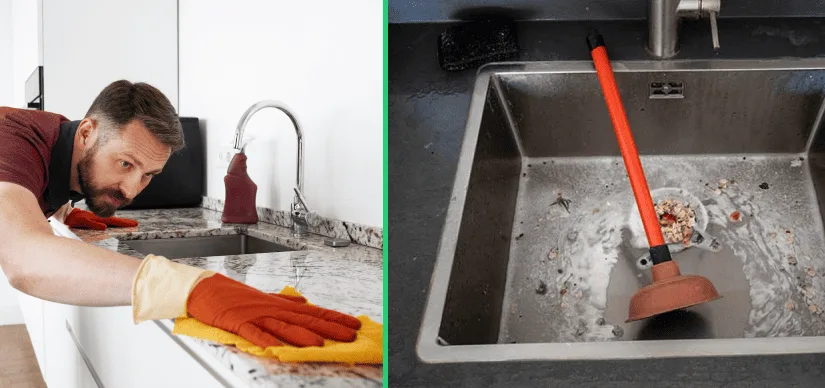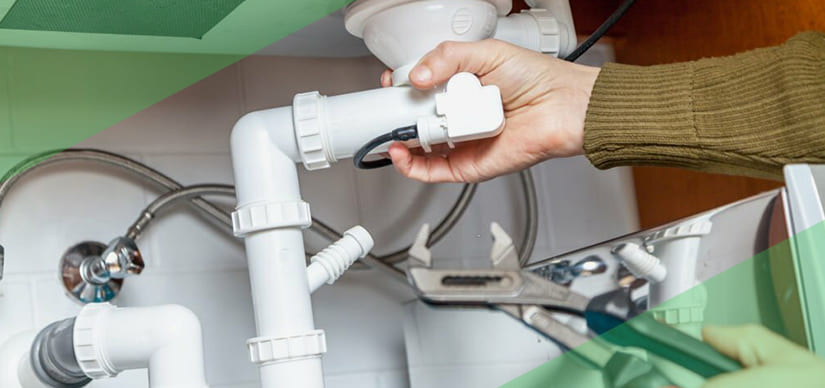Maintenance Practices for Extending the Life of Your Recirculation Pump
Views : 367

Maintenance is key for your plumbing recirculation system
Essential Maintenance Tips for Recirculation Pumps
1. Check the System Regularly
- Carry out a monthly inspection for leaks, unusual sounds, or corrosion.
- Be sure the pump is quiet and efficient.
- Look out for any moisture at fittings and connections.
2. Clean out the Pump and Pipes
- Annual flush of the system to remove sediment and mineral buildup.
- In the case of hard water use a descaling solution.
- Gently clean the pump housing and impeller out.
3. Check your Timers and Controls
- Modify timers to fit your home’s water use.
- Check out digital and analog timers for proper function.
- Make sure your Hot Water Heater Recirculation Pump is not running unneeded.
4. Lubricate the Motor Joints
- Some pump types need lubrication of moving components.
- Use manufacturer-recommended lubricants.
- Check out your system manual first before application of any products.
5. Test of proper water flow
- Check out your water flow rate and temperature at various faucets.
- Make sure your plumbing recirculation system is working well.
- If performance is slow the system may need professional attention.
Common Issues to Watch For
- Be informed of issues which may affect your Hot Water Recirculating System:.
- Increased high energy bills from inefficiency.
- Water hammer or noisy pipes.
- Reduced hot water supply or variable temperatures.
- Leaks around the pump or valves.
- If you see any of these problems have us send in a professional for a full inspection.
Professional Service Recommendations
- Annual pump performance evaluation.
- Electrical safety checks.
- Replacement of worn seals or gaskets.
- Full-system flushing for persistent mineral buildup.
- Working with an expert plumbing technician will help increase your system’s life span and efficiency.
Benefits which come from maintaining your hot water recirculating system
- Maintaining your system to a high standard of care does so which:.
- Consistent access to hot water.
- Lower energy and water bills.
- Fewer emergency plumbing calls.
- Increased life of the plumbing recirculation system.
- Enhanced home comfort and convenience.
When to Replace Your Recirculation Pump
- It is 10+ years old and having issues.
- Replacement parts are no longer available.
- Your home’s water requirements have changed.
- Newer models may see improvements in energy efficiency.
Conclusion
FAQs
1. How often should I service my plumbing recirculation system?
It’s best to perform visual checks monthly and schedule professional service annually. Regular maintenance prevents buildup, wear, and unexpected failures.
2. What causes noise in my Hot Water Heater Recirculation Pump?
Noise typically results from trapped air, mineral buildup, or worn bearings. Regular flushing and professional inspections can resolve these issues.
3. Can I adjust the timer on my Hot Water Recirculating System?
Yes, most systems allow timer adjustments. Set the timer based on your household's water use to enhance efficiency and reduce energy consumption.
4. How do I know if my plumbing recirculation system needs replacement?
Signs include frequent repairs, inconsistent hot water, rising energy bills, or an aging pump (typically over 10 years old).
5. Does a Hot Water Recirculating System save money?
Yes, by reducing water waste and delivering hot water faster, the system can lower both water and energy costs over time.




